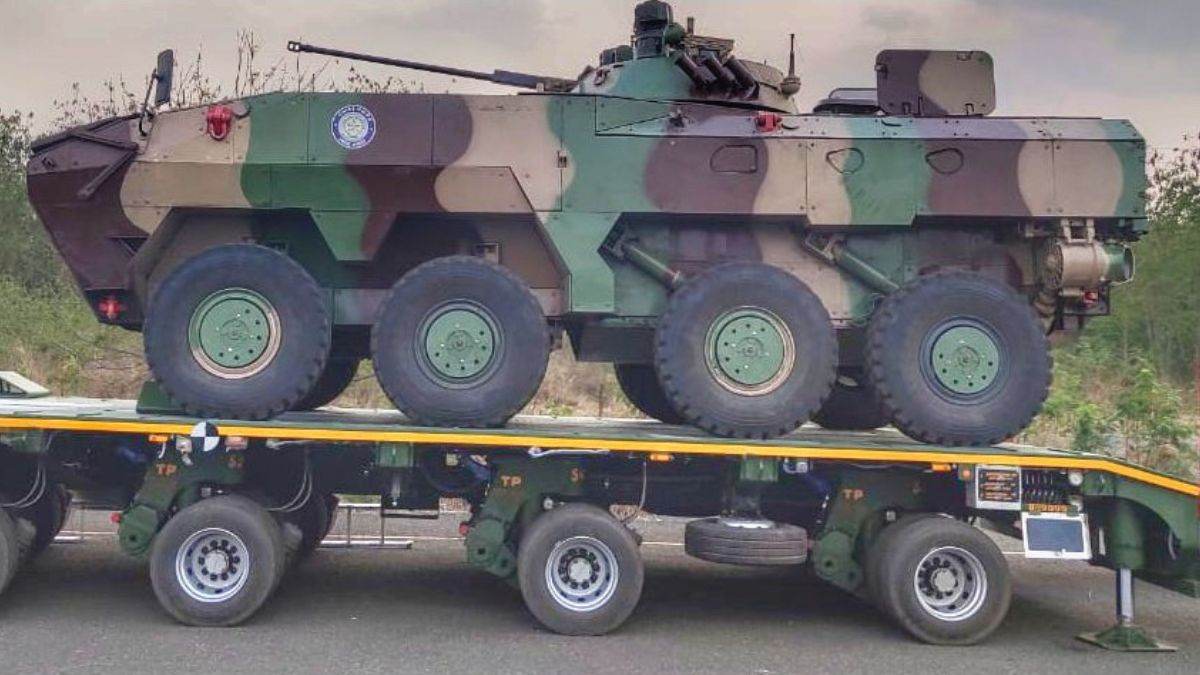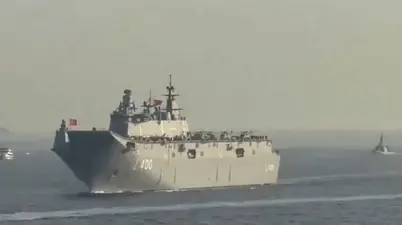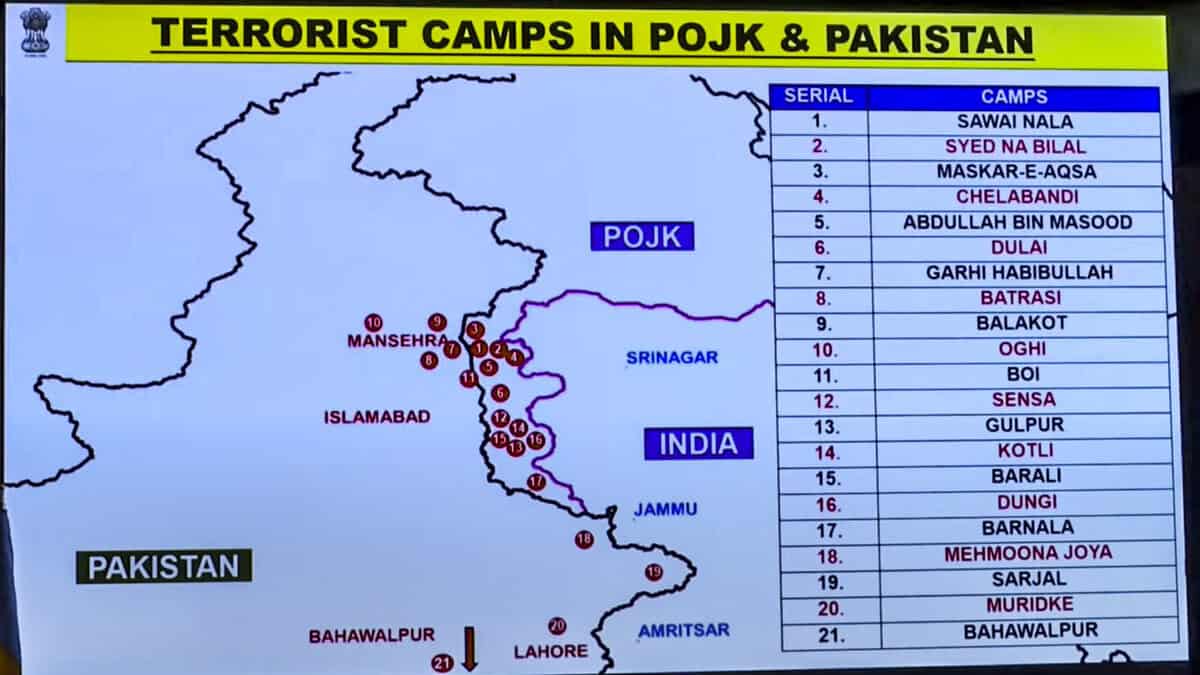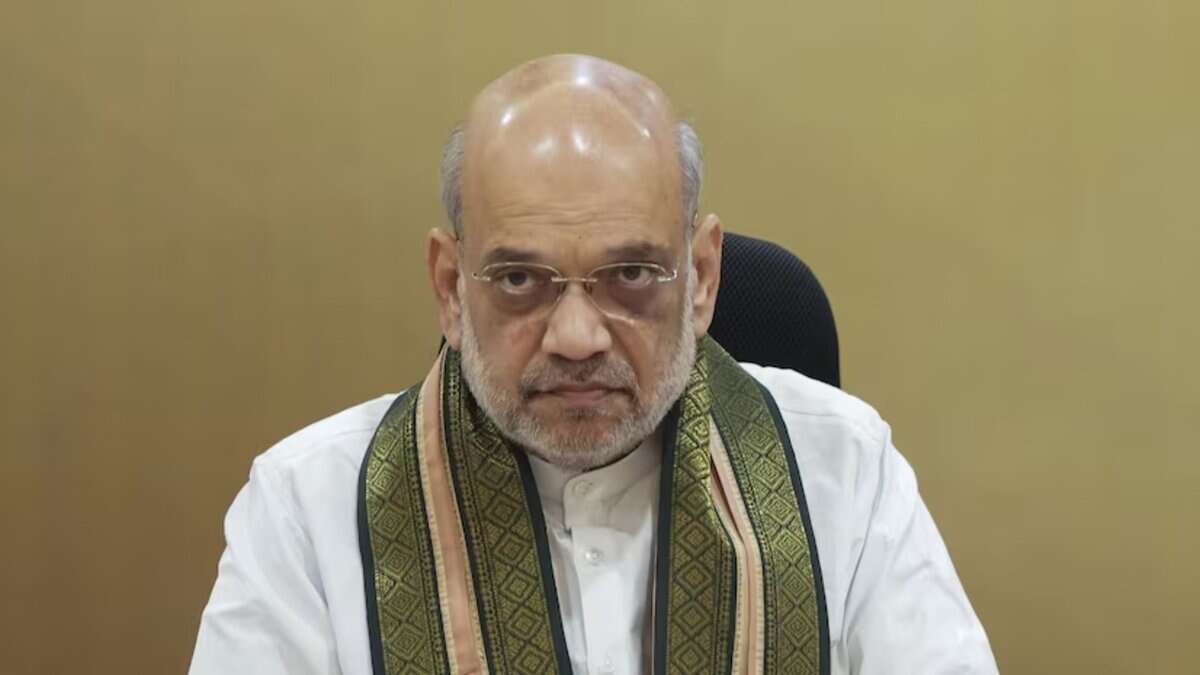SOURCE: IDRW.ORG


In a significant step toward modernizing its carrier-based aviation, the Indian Navy is set to commence training its pilots to operate the Dassault Rafale M (Marine) fighter jets starting in 2026. This development follows the signing of a ?63,887 crore ($7.4 billion) inter-governmental agreement with France on April 28, 2025, for 26 Rafale M jets to equip the aircraft carriers INS Vikrant and INS Vikramaditya.
According to sources cited by idrw.org, Dassault Aviation, in collaboration with the French Navy, will oversee the training program, leveraging the French Navy’s expertise and its nuclear-powered aircraft carrier, Charles de Gaulle. The first Rafale M is slated for delivery in the second quarter of 2028, with the full order completed by the end of 2030. This article explores the training plan, the role of Indian MiG-29K pilots as instructors, and the strategic implications for India’s naval aviation amid regional tensions with Pakistan and China.
Continue readingSOURCE: IDRW.ORG


The Vehicles Research and Development Establishment (VRDE), under the Defence Research and Development Organisation (DRDO), has outlined a comprehensive scope of work for the fabrication, transportation, and testing of an armoured semi-hull, as detailed in document VRDE/CVD/AAP/834/TS. This project, aimed at enhancing India’s armoured vehicle capabilities, involves intricate engineering, stringent material specifications, and destructive testing at the Terminal Ballistics Research Laboratory (TBRL) in Chandigarh. The semi-hull, designed for rigorous trials, represents a critical step in developing advanced armoured platforms for the Indian armed forces.
The primary deliverable is a single armoured semi-hull, measuring approximately 3.8m x 3.1m x 1.65m (L x B x H), fabricated using Ultra-High Strength Steel (UHSS) grades 500 and 400 with thicknesses of 5mm and 8mm, respectively. The internal hull structure will utilize 700-grade structural steel (3mm thickness). The vendor is tasked with procuring 6 tons of 8mm UHSS, 1 ton of 5mm UHSS, and 1 ton of 700-grade steel, ensuring compliance with VRDE’s material specifications, which include yield strengths of 1200-1250 MPa for UHSS and 700 MPa for structural steel, and hardness levels of 400-500 BHN for the hull.
Continue readingSOURCE: AFI


In a significant stride towards self-reliance in defense technology, the Fusion Technology Based Driver Night Sight for BMP-II has been developed under India’s Aatmanirbhar Bharat initiative. This 100% indigenous technology, designed by the Instruments Research & Development Establishment (IRDE) of the Defence Research and Development Organisation (DRDO) in Dehradun and productionised by India Optel Limited (IOL), marks a milestone in enhancing the operational capabilities of the Indian Army’s armored vehicles.
The Fusion Technology Driver Night Sight is being introduced in Armoured Vehicles of the Indian Army for the first time. Specifically designed for the BMP-II, a widely used infantry fighting vehicle, this system promises to revolutionize nighttime operations by improving visibility and situational awareness for crew members. The technology integrates advanced imaging systems to ensure seamless performance in low-light and nighttime conditions, a critical requirement for modern warfare.
Continue readingSOURCE: AFI


Researchers from the Indian Institutes of Technology (IIT Madras, IIT Jodhpur, IIT Hyderabad, and IISc Bangalore), in collaboration with the Indian Space Research Organisation (ISRO) and the Defence Research and Development Organisation (DRDO), have achieved a significant breakthrough in materials science. The team has dramatically improved the creep resistance of 3D-printed Inconel 718 (IN718), a nickel-based superalloy critical for rocket engines and jet turbines. Announced on May 7, 2025, this development addresses a long-standing challenge in additive manufacturing, paving the way for more reliable aerospace components.
Inconel 718 is a high-performance superalloy widely used in aerospace for its excellent strength, corrosion resistance, and ability to withstand extreme temperatures. In its traditional wrought form, IN718 performs reliably in demanding applications like ISRO’s rocket engines and IAF jet turbines. However, the 3D-printed (additive-manufactured) version has struggled to match this performance at high temperatures—a critical requirement for aerospace use.
Continue readingSOURCE: AFI


The persistent tension between India and Pakistan, reignited by the April 22, 2025, terror attack in Pahalgam, Jammu and Kashmir, has once again brought the Pakistan Army’s strategic calculus into focus. In a recent discussion, C. Christine Fair, a prominent scholar and expert on South Asian security, offered a compelling analysis of why Pakistan’s military continues to rely on groups like Lashkar-e-Taiba (LeT) to challenge India.
Fair’s central argument is that the Pakistan Army operates not as a conventional military but as an insurgent organization, using terrorist attacks to assert its relevance and prevent India from achieving regional hegemony. This mindset, coupled with the constraints of nuclear deterrence, ensures that groups like LeT remain integral to Pakistan’s strategy, perpetuating a cycle of violence that India struggles to decisively counter.
Continue readingSOURCE: AFI


Recent sightings of Turkish naval ships docked in Karachi and frequent military flights between Turkey and Pakistan have sparked concerns about the potential ramifications of Turkey’s growing military ties with Pakistan amid escalating tensions with India. As the India-Pakistan standoff intensifies following the April 22, 2025, Pahalgam terror attack, a critical question emerges: If India, in self-defense, were to down a Turkish ship, fighter jet, or other military asset in Pakistan, would it trigger NATO’s Article 5, compelling the alliance to treat an attack on Turkey as an attack on all members? The answer is a resounding no, but the implications of such an incident could still complicate regional and global dynamics.
Turkey’s deepening defense cooperation with Pakistan has been evident in recent years, with joint military exercises, arms deals, and high-level exchanges. The docking of Turkish Navy ships in Karachi and increased military flights suggest a strengthening of this partnership, possibly aimed at bolstering Pakistan’s capabilities amid its tensions with India. Posts on X have speculated that Turkey may be providing logistical support, training, or even advanced weaponry, such as drones or missile systems, to Pakistan. This presence, while not unprecedented, raises the stakes in the volatile South Asian theater, where India and Pakistan are locked in a dangerous escalation involving missile tests, airspace closures, and trade bans.
Continue readingSOURCE: AFI


The hashtag “India won’t let ‘a drop of water’ into Pakistan” has taken China’s social media platforms Weibo and Baidu by storm, amassing over 230 million views as of May 6, 2025. Chinese netizens are closely following India’s recent decision to restrict water flows to Pakistan, a move seen as a punitive response to escalating tensions between the two South Asian neighbors. The phrase, which originated from a statement attributed to Indian officials, has sparked widespread discussion on China’s internet, reflecting Beijing’s strategic interest in the India-Pakistan conflict and its implications for regional stability.
India’s decision to curb water flows to Pakistan stems from the suspension of the 1960 Indus Waters Treaty (IWT), a framework that has governed the sharing of the Indus River system’s waters for over six decades. The move follows the April 22, 2025, terror attack in Pahalgam, Jammu and Kashmir, which killed 26 people and prompted India to accuse Pakistan of sponsoring terrorism. In retaliation, India has implemented a series of measures, including airspace closures, trade bans, and now water restrictions. The phrase “India won’t let ‘a drop of water’ into Pakistan” encapsulates India’s hardline stance, signaling its intent to leverage natural resources as a geopolitical tool.
Continue readingSOURCE: PTI


Jaish-e-Mohammad chief Maulana Masood Azhar acknowledged on Wednesday that 10 members of his family and four close associates were killed in India’s missile attack on the outfit’s headquarters in Bahawalpur.
A statement attributed to Azhar said those killed in the attack on Jamia Masjid Subhan Allah in Bahawalpur included the JeM chief’s elder sister and her husband, a nephew and his wife, another niece, and five children from his extended family.
Continue readingSOURCE: PTI

Pakistan is ready to “wrap up” tensions with India, if New Delhi de-escalates the situation, Defence Minister Khawaja Asif said on Wednesday.
His remarks came hours after India carried out a military strike on terror targets in Pakistan and Pakistan-occupied Kashmir. Asif was reported as saying by Bloomberg Television that Pakistan will only respond if attacked.
Continue readingSOURCE: IANS


More than 70 terrorists were killed as India carried out missile strikes across nine locations in Pakistan and Pakistan Occupied Kashmir in response to the dastardly April 22 terror attack in Pahalgam, Jammu and Kashmir.
It is learnt that the Indian armed forces used stand-off weapons, drones and precision munitions, besides other weapons in the strike. The counterstrike left more than 60 terrorists injured across the nine target locations — Muzaffarabad, Kotli, Bahawalpur, Rawalakot, Chakswari, Bhimber, Neelum Valley, Jhelum, and Chakwal.
Continue readingSOURCE: PTI


At least 12 people, including four children, were killed and 57 others injured as the Pakistan Army resorted to heavy artillery and mortar shelling on forward villages along the Line of Control (LoC) in Jammu and Kashmir on Wednesday, officials said. The intense shelling from across the border started shortly after Indian armed forces carried out missile attacks on nine terror targets in Pakistan and Pakistan-Occupied Kashmir to avenge the April 22 terror attack in south Kashmir’s Pahalgam that had left 26 civilians dead.
The officials said the Indian Army is responding to the shelling in a befitting manner, resulting in many casualties on the enemy side after several of their posts engaged in firing were destroyed.
Continue readingSOURCE: PTI
)

India reached out to several leading countries, including the US, Russia, the UK and Saudi Arabia, early Wednesday and briefed them about the military strike it carried out on nine terror targets in Pakistan and Pakistan-occupied-Kashmir, sources said.
The strikes were carried out in retaliation for the Pahalgam terror attack.
Continue readingSOURCE: IANS


Israel has extended its support to India’s right to defend itself from terrorism as Indian armed forces carried out ‘Operation Sindoor’ against nine high-value terror targets in Pakistan and Pakistan-occupied Kashmir.
In a calculated military strike following the April 22 terror attack in Pahalgam, the Indian armed forces launched Operation Sindoor late on Tuesday night.
Continue readingSOURCE: IANS


Union Home Minister Amit Shah on Wednesday hailed the Indian armed forces for carrying out ‘Operation Sindoor’, saying it is India’s response to the brutal Pahalgam terror attack, which claimed the lives of 26 innocent civilians on April 22.
He also reaffirmed India’s commitment to eliminating terrorism from its roots. In a military operation following the Pahalgam terror attack, India launched ‘Operation Sindoor’, striking nine high-value terror targets deep inside Pakistani territory.
Continue readingSOURCE: PTI


More than 15 maoist were killed in an encounter with security forces on Wednesday in the forests of Chhattisgarh’s Bijapur district bordering Telangana where a massive counter-insurgency operation is underway, a senior police official said.
The gunfight broke out this morning in Karregutta hills forest along the inter-state border, he said. So far, more than 15 maoist have been killed and the operation continues, he said.
Continue reading